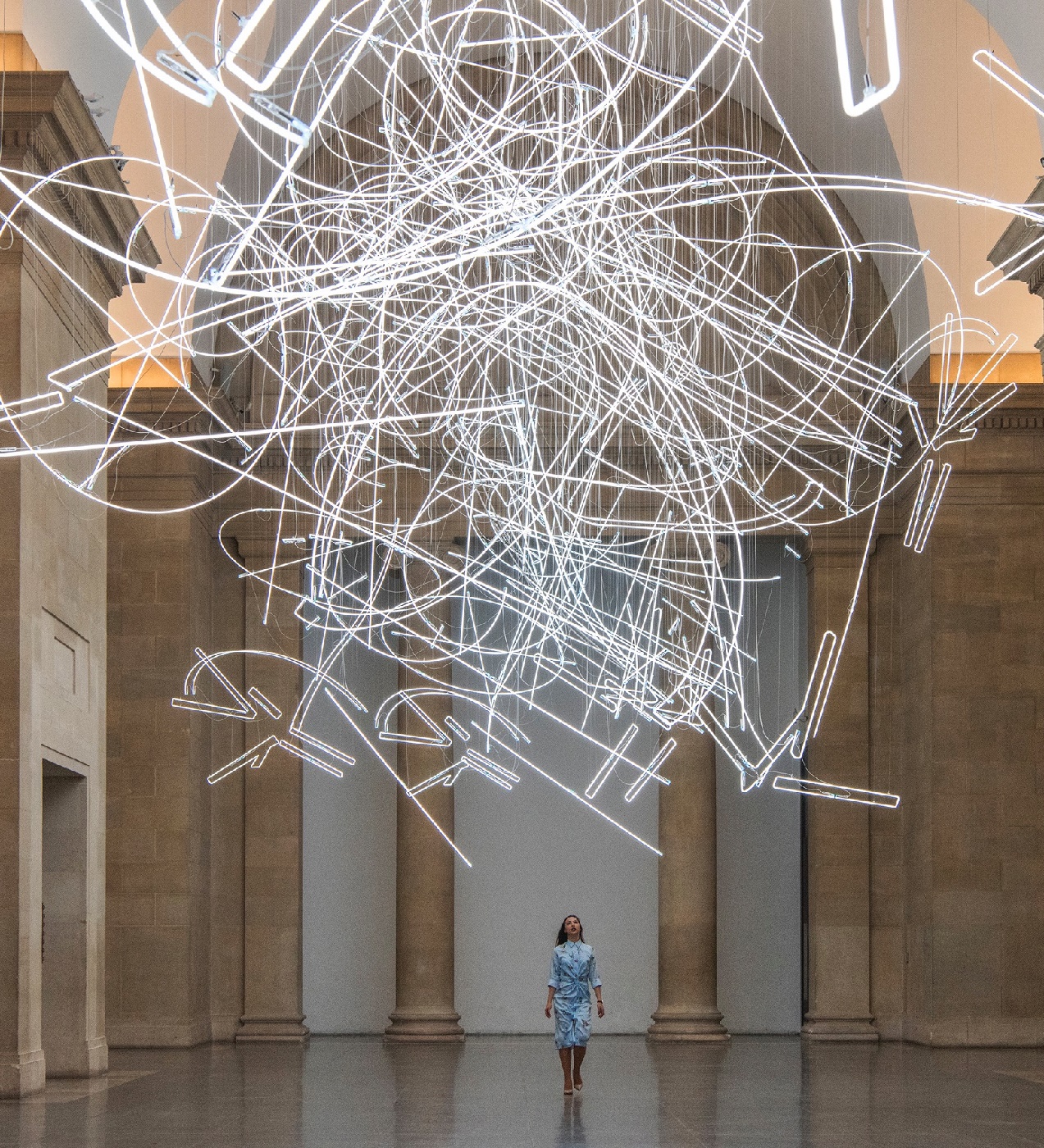
MARCEL DUCHAMP
مارسيل دوشامب
马塞尔·杜尚
מרסל דושאן
マルセル·デュシャン
Марсель Дюшан
Étant donnés
Duchamp worked secretly on the piece from 1946 to 1966 in his Greenwich Village studio.[2] It is composed of an old wooden door, nails, bricks, brass, aluminium sheet, steel binder clips, velvet, leaves, twigs, a female form made of parchment, hair, glass, plastic clothespins, oil paint, linoleum, an assortment of lights, a landscape composed of hand-painted and photographed elements and an electric motor housed in a cookie tin which rotates a perforated disc. The Brazilian sculptor Maria Martins, Duchamp’s girlfriend from 1946 to 1951, served as the model for the female figure in the piece, and his second wife, Alexina (Teeny), served as the model for the figure’s arm. Duchamp prepared a “Manual of Instructions” in a 4-ring binder explaining and illustrating how to assemble and disassemble the piece.







